CONTACTAbout UsCAREER OPPORTUNITIESADVERTISE WITH USPRIVACY POLICYPRIVACY PREFERENCESTERMS OF USELEGAL NOTICE
© 2026 Equal Entertainment LLC.
All Rights reserved
All Rights reserved
By continuing to use our site, you agree to our Privacy Policy and Terms of Use.
We need your help
Your support makes The Advocate's original LGBTQ+ reporting possible. Become a member today to help us continue this work.
Your support makes The Advocate's original LGBTQ+ reporting possible. Become a member today to help us continue this work.
Raleigh, N.C., already has a mayor, but if anyone qualifies for an unofficial title, it's Larry Wheeler. The director of the North Carolina Museum of Art just crowned his 16-year tenure with an audacious $85 million expansion; its centerpiece is a shimmering, aluminum-clad "warehouse" in an enormous art museum park stacked with Rodin sculptures and site-specific modern works.
Astute political maneuvering, lovey-dovey relationships with patrons, and sheer force of will helped Wheeler shepherd the project through one of the worst economic climates in a century; a courtly Southern manner and plainspoken wit didn't hurt either.
"Larry's North Carolina native charm makes him a social favorite throughout the Triangle," Raleigh's real mayor, Charles Meeker, told The Advocate, referring to the region that includes Raleigh, Durham, and Chapel Hill. "Great communities are built on the likes of such people. Raleigh loves Larry."
A dapper dresser whose white brush cut and chunky eyeglass frames are usually offset by an immaculate white shirt, gray suit, and colorful tie, Wheeler talked to The Advocate a week after the triumphant opening of the new building.
The Advocate: You've said in interviews the new building's designed to be unintimidating. Did you set out to convince people in Raleigh not to be scared of art?
Larry Wheeler: You don't have a problem bringing people in to see work they're familiar with. You can market a big artist's name, like Rodin, Monet, Matisse, or Picasso, and people will come in big numbers. But to get them to come in and experience our permanent collections and new contemporary art is a little more trying.
What makes the new building friendlier?
Art museums traditionally were beaux arts buildings with labyrinths of galleries on many different levels and with light blocked out. We said, let's try new things. We'll build it all on one level. We'll have gardens, with several entrances and exits. We'll let the light in. It's a beautiful, warm environment. People are already behaving differently about the museum.
How did you finance the expansion in such an impossible economic climate?
One of my strengths is knowing how politics works and how public funding works. I've always kept up good relationships with governors, appropriations people, and both houses of our state legislature, so that helped. The timing was good too, because they still had money at that point. I probably got the last money out the door.
How much did you end up spending? The new building [designed by New York architect Thomas Phifer] alone looks expensive.
Ultimately, we got $62 million from the state and $15 million of city and county funds. All told, the new building cost about $80 million dollars, with another $5 million for commissions and things like landscaping.
At the museum preview I attended, a curator told me, "The NCMA has an amazing collection, but we're not going to show [Andres Serrano's controversial work] Piss Christ. The museum receives significant state funding; do you face limitations on the work you present?
Times have changed. I think you might see some pretty wild stuff at the museum. For the record, I'm not against Piss Christ. That controversy arose because it was on at the Southeastern Center for Contemporary Art in Winston-Salem. Jesse Helms, of course, jumped on the attack at same time the Mapplethorpe controversy was raging in Cincinnati. I've shown some Serrano that's fairly edgy, and I'd show it today.
Famously, you've never taken an art history course, though you studied European history and art. Where do your artistic sensibilities run?
I'm very keen on the art of my own time and completely caught up in the whole crazy scene of art fairs and collectors. I'm very interested in artists who explore ideas of adolescence, the coming of age, the coming of sexuality, sexual ambivalence, all that sort of stuff. And there are many artists doing great work with those subjects today. I love Anthony Goicolea, who's a young New York photographer. We're going to do a big retrospective of his work next year. He paints, does photography, shoots on film. I think he's very cool. I also think [gay Miami-based artist] Hernan Bas is hot stuff. And there's Mark Bradford in L.A., who does extraordinary abstract work. I can't afford to collect him myself, but I'd like to. His work is something we'd buy for the museum, now that we're beginning to focus on things beyond the commissions we got for the opening.
What else are you looking at buying for the NCMA's new home?
Our curators have wish lists. But we need to get some money together first. Our success in getting new commissions paid for by patrons gives me hope that we can get them to help buy more. I would love to have a great [Ethopian-born, New York-based painter] Julie Mehretu. But God, they're now a million dollars. We need to get someone to the table. People think contemporary art is affordable. But museums now compete with collectors. That's the whole nature of the contemporary scene.
You scored a tremendous coup by getting the Iris and B. Gerald Cantor Foundation to give 29 Rodin sculptures. How do you compete for trophies with larger museums in places like New York or L.A.?
It's not complicated. You have to get out there and meet people. It's personal relationships and friendships you develop. I cultivated a relationship with Iris. Over time, I convinced her giving a major part of her collection to us would be a great thing. Speaking in general, collectors have to trust you, they have to like you, and they have to believe in the quality of your institution.
Jesse Helms's time in the U.S. Senate overlapped with your tenure at the NCMA. Did his activities affect your life, professionally or as a gay man in North Carolina?
We rose up when Jesse Helms tried to slash NEA budgets. But he never really got involved in arts issues. In fact, he liked old master works. He came to a luncheon here at the museum for the Ukrainian ambassador, or someone like that. I got up and said it was a great pleasure, in the home of some of the world's great masterpieces, to welcome North Carolina's great masterpiece [laughs].
The interesting thing is that it's always been very comfortable for me and all my gay friends to live here despite the vicissitudes of politics, the legacy of Jesse Helms, and a certain evangelical right-wingism. You know, it never really touches us. It's still sort of out there, but unless an election turns one way or another, we don't really feel the impact. I live just as comfortably here as I did in Cleveland or anywhere else, for that matter. And no one's ever challenged me on being gay. It's amazing.
You grew up in the South and worked in Raleigh in the late 1970s and early '80s before returning to run NCMA in 1994. How has Raleigh changed over the years?
Everybody's so much younger now in Raleigh [laughs]. It's a very lively young city that now has a downtown life. A lot of people live downtown, and there's lots of nightlife and restaurants. And like the rest of the world, it's not about gay versus straight. People live together, have fun together, play together. It's much more mainstream.
The expanded museum should put Raleigh on the map as a destination for travelers. Any tips for visitors?
Come in a cool state of mind. You can have a really fabulous weekend here if you plan it out. There are really first-rate cultural institutions here, like the Nasher Museum of Art at Duke, the Ackland Art Museum in Chapel Hill. Go to historic Hillsboro, which is a short distance from Chapel Hill. There are great restaurants, like Bonne Soiree in Chapel Hill and Poole's, which is very gay-friendly. Explore the lakes and parks and that sort of thing if you're of a recreational mind. You can also have a really great weekend experience if you're gay. There's gay nightlife here, and a sort of groovy night scene in Raleigh. There's good music. In Glenwood South, there are all kinds of clubs and restaurants bunched together. Just keep in mind the Triangle's not urban; it's a driving experience. You need to rent a car.
You and your partner of 16 years [interior designer Don Doskey] met in Cleveland, where he still lives. How do you manage the long-distance thing?
Don comes in about every two weeks, or we travel together to New York or L.A. or wherever I'm doing business. He just announced that he's moving here this summer. He's giving up the lease on his office space in Cleveland. We're like, "Oh, my God." You live in a space one way, and that's going to require some adjustments all the way around. But I'm very happy about it. We suit each other.
What's your proudest achievement as NCMA's director?
I'm proudest of the gateways I've created for people into the museum. I've created a park. I'm proud of expanding a major performing arts and film program that brings people here in a comfortable way. I'm very proud of a special exhibition program that excites people. Everything I'm most proud of has that public dimension to it.
With that in mind, have you ever considered a run for public office? You seem like one of the most connected people in Raleigh.
[Laughs] No, I've never considered running for office. I've flirted with the idea, but let's face it -- the people aren't going to elect me. I would not subject myself to journalistic scrutiny at that level.
From our Sponsors
Most Popular
Bizarre Epstein files reference to Trump, Putin, and oral sex with ‘Bubba’ draws scrutiny in Congress
November 14 2025 4:08 PM
True
Jeffrey Epstein’s brother says the ‘Bubba’ mentioned in Trump oral sex email is not Bill Clinton
November 16 2025 9:15 AM
True
Watch Now: Pride Today
Latest Stories
If 2025 tested our resolve, 2026 will prove our resilience
December 31 2025 7:00 AM
Kazakhstan bans so-called LGBTQ+ propaganda
December 30 2025 3:24 PM
Trump administration bans abortions through Department of Veterans Affairs
December 30 2025 11:07 AM
Zohran Mamdani: Save a horse, play a yet-unreleased Kim Petras album
December 30 2025 10:29 AM
How No Kings aims to build 'protest muscle' for the long term
December 30 2025 7:00 AM
Missing Black trans man Danny Siplin found dead in Rochester, New York
December 29 2025 8:45 PM
'Heated Rivalry' season 2: every steamy & romantic moment from the book we can't wait to see
December 29 2025 5:27 PM
Chappell Roan apologizes for praising late Brigitte Bardot: 'very disappointing'
December 29 2025 4:30 PM
RFK Jr.'s HHS investigates Seattle Children's Hospital over youth gender-affirming care
December 29 2025 1:00 PM
Zohran Mamdani claps back after Elon Musk attacks out lesbian FDNY commissioner appointee
December 29 2025 11:42 AM
Trump's gay Kennedy Center president demands $1M from performer who canceled Christmas Eve show
December 29 2025 10:09 AM
What does 2026 have in store for queer folks? Here’s what's written in the stars
December 29 2025 9:00 AM
In 2025, being trans in America means living under conditional citizenship
December 29 2025 6:00 AM








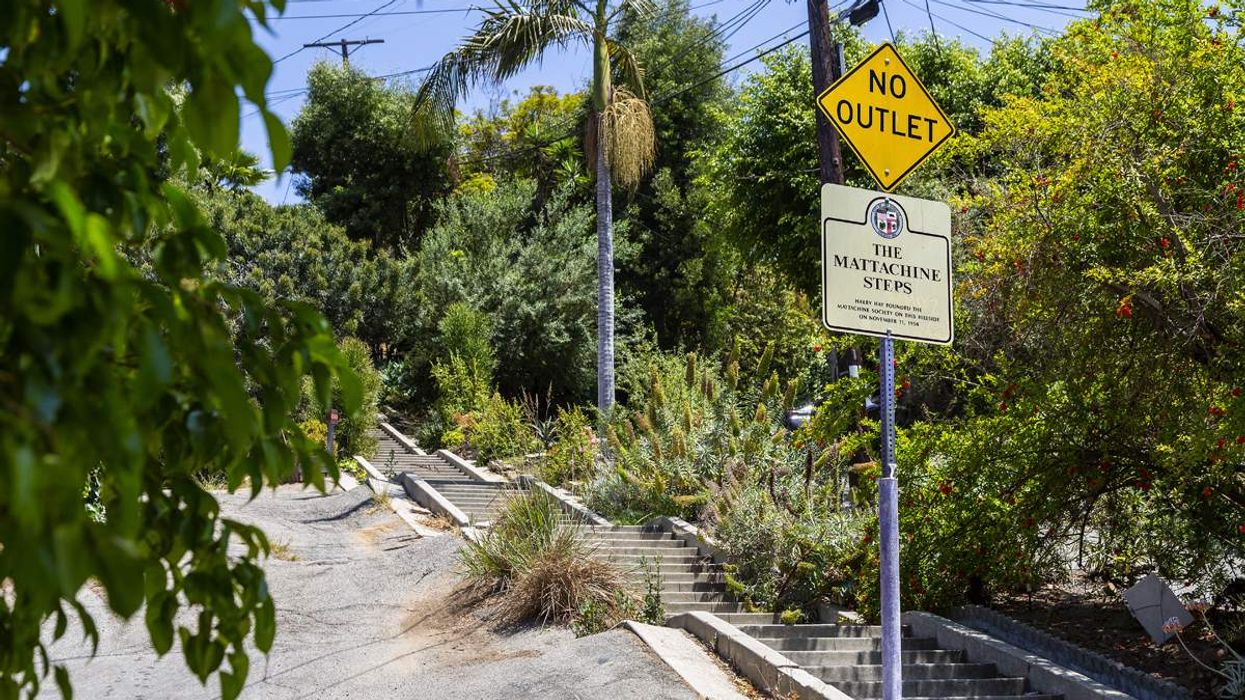

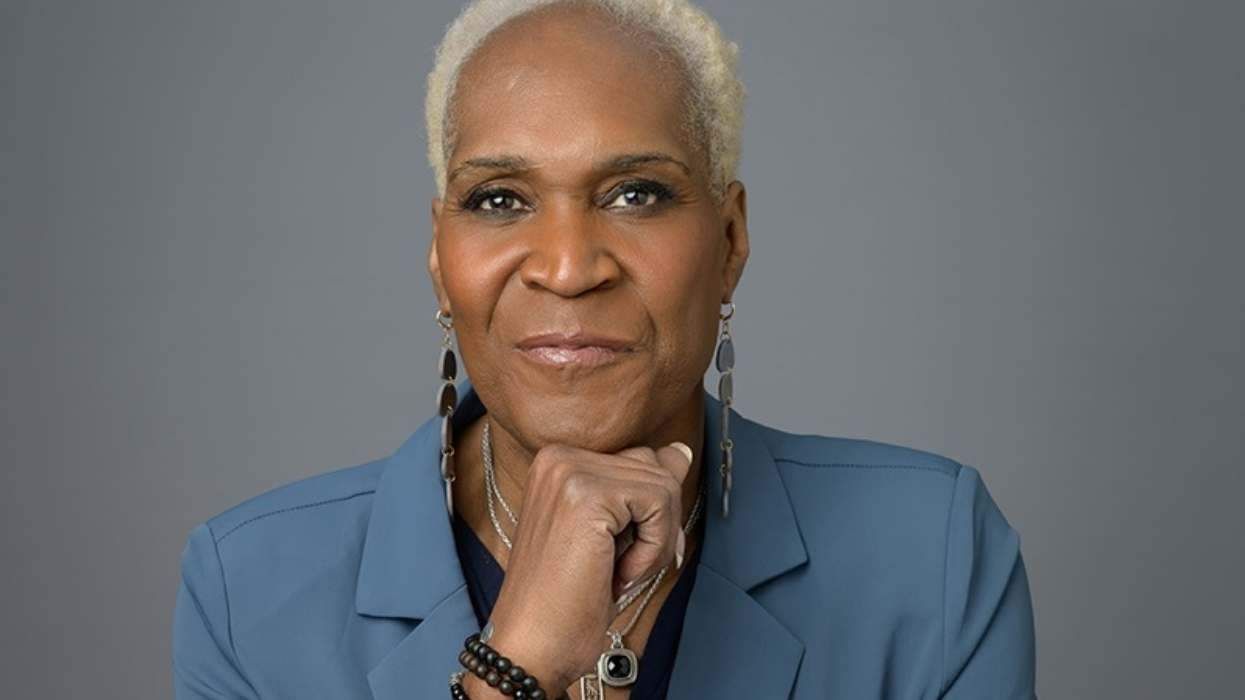
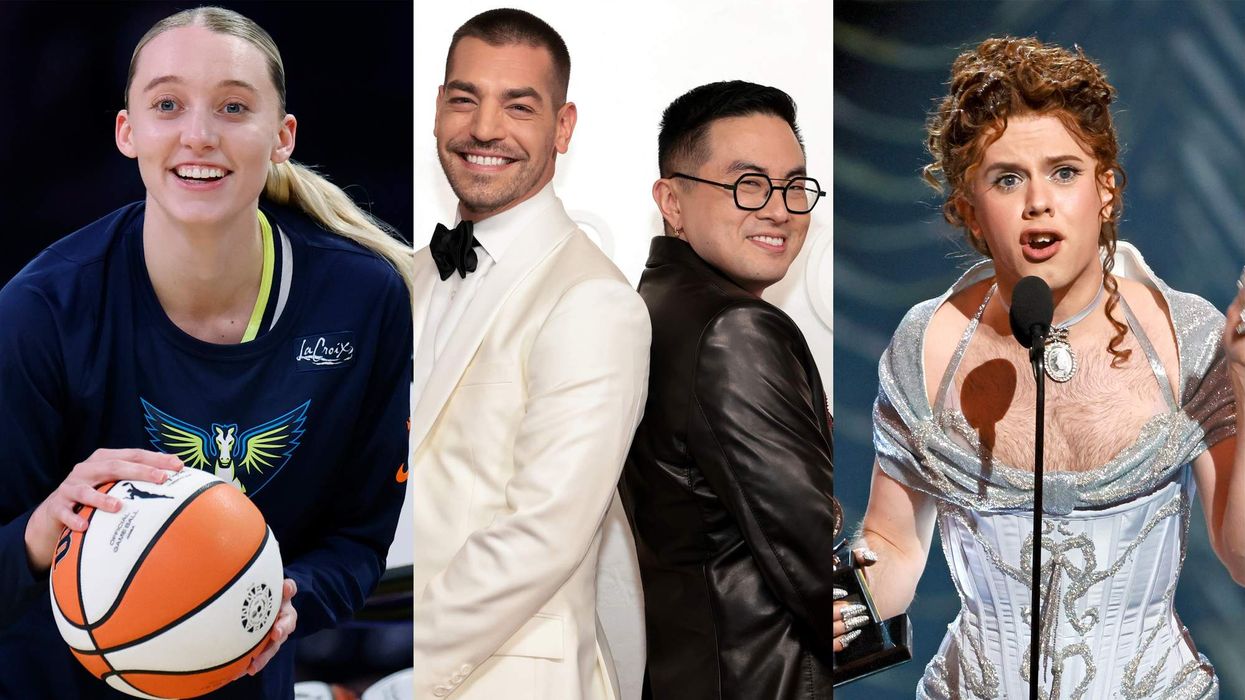

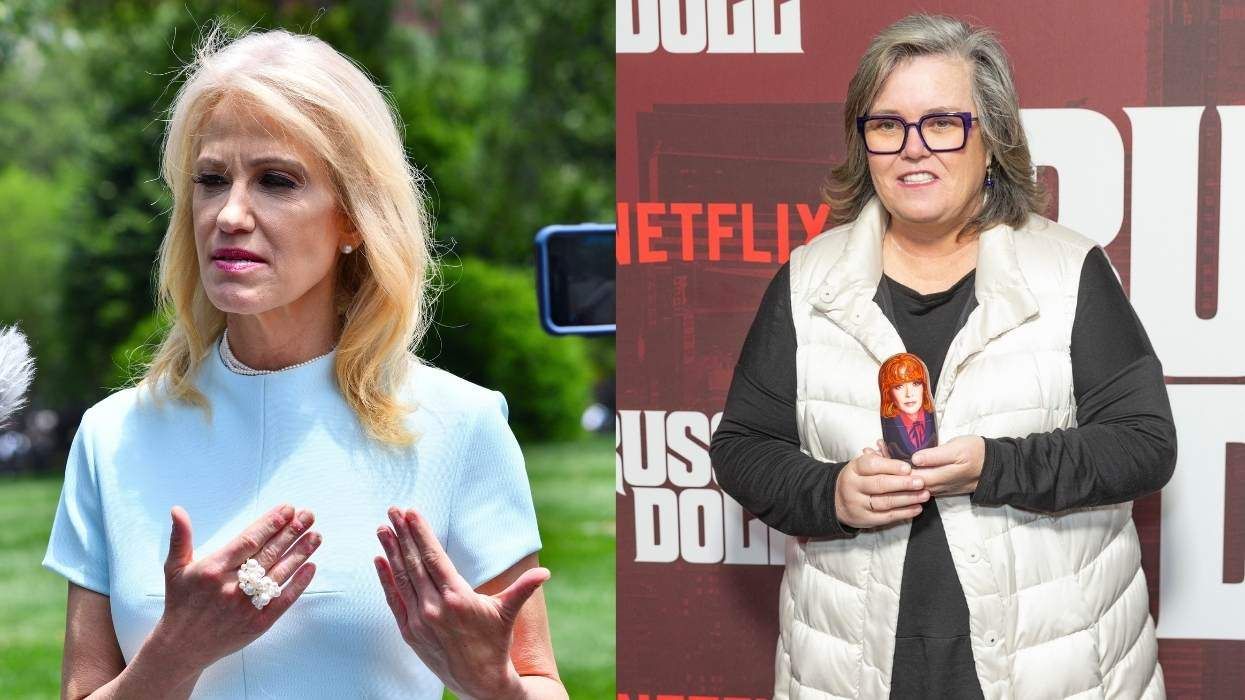

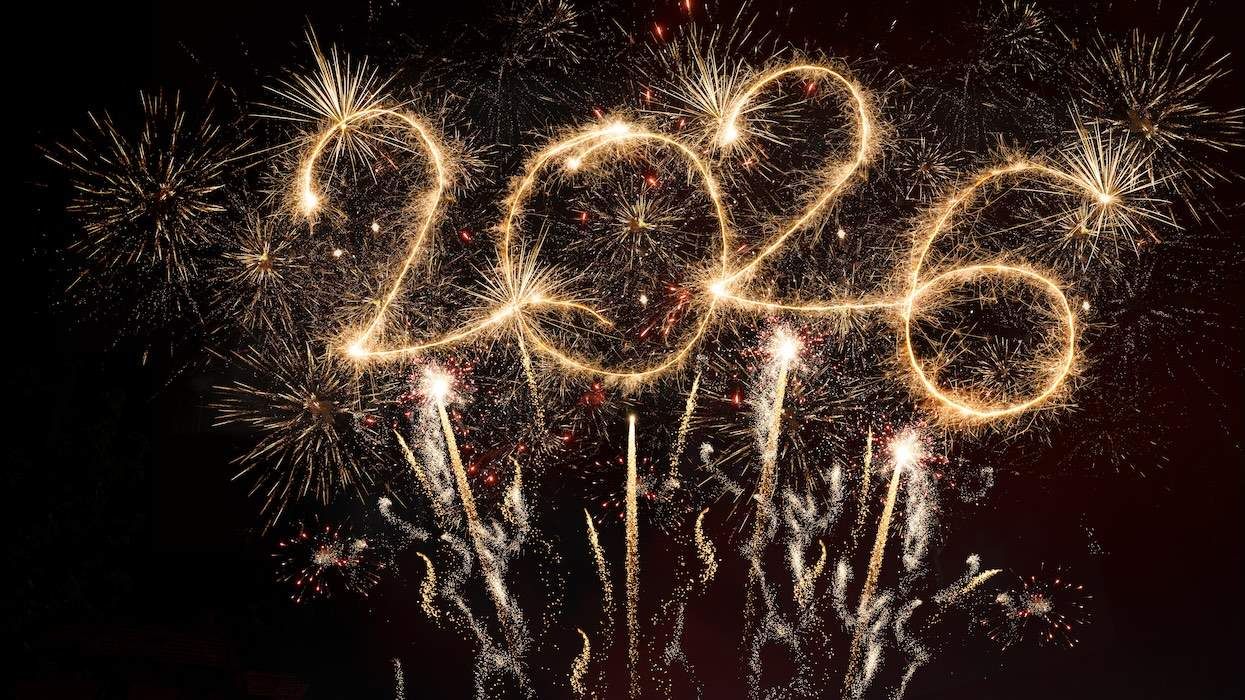



























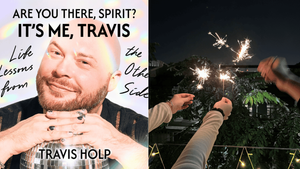








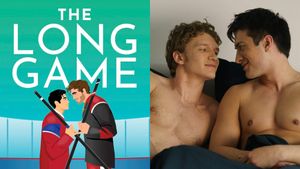


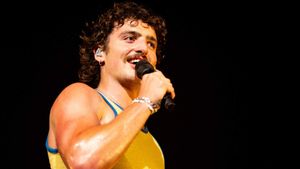
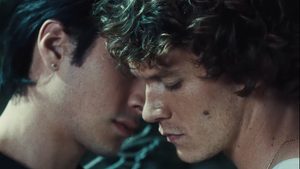








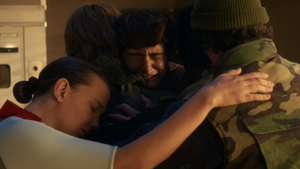


Charlie Kirk DID say stoning gay people was the 'perfect law' — and these other heinous quotes